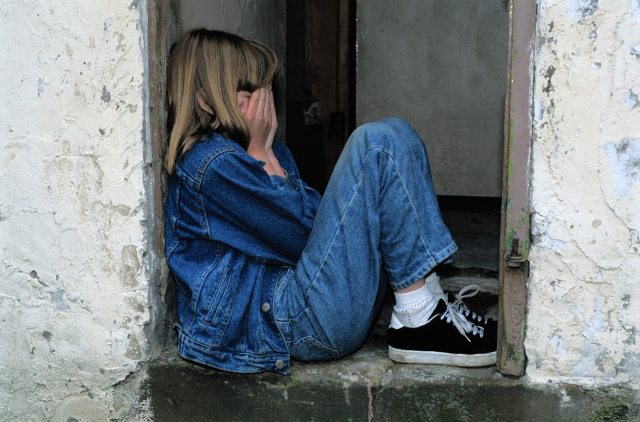The American Academy of Pediatrics has issued a policy statement on why parents shouldn’t spank their children, and the group remains firm on its previous stance that corporal punishment can cause harm to children in the long run.
Twenty years ago, the AAP published Guidance for Effective Discipline advising that parents be discouraged from using spanking or any form of corporal punishment to discipline their kids. The authors of the statement noted that “there appears to be a strong association between spanking children and subsequent adverse outcomes.”
Spanking is harmful to children and evidence shows it might affect a child’s brain, says @LesterHoltNBC reporting on AAP new call. In @NBCNightlyNews, Dr. Robert Sege discusses the need to use healthier ways to curb bad behavior.https://t.co/ru2egR6coN
— American Academy of Pediatrics (@AmerAcadPeds) November 6, 2018
Now two decades later, the AAP has reinforced its policy with a statement titled Effective Discipline to Raise Healthy Children. The group states that it not only strongly opposes using spanking, but also explains the detrimental impact that spanking can cause on a child’s heath and development. The statement lists several examples of the adverse effects associated with spanking, including:
- Corporal punishment of children younger than 18 months of age increases the likelihood of physical injury;
- Repeated use of corporal punishment may lead to aggressive behavior and altercations between the parent and child and may negatively affect the parent-child relationship;
- Corporal punishment is associated with increased aggression in preschool and school-aged children;
- Experiencing corporal punishment makes it more, not less, likely that children will be defiant and aggressive in the future;
- Corporal punishment is associated with an increased risk of mental health disorders and cognition problems;
- The risk of harsh punishment is increased when the family is experiencing stressors, such as family economic challenges, mental health problems, intimate partner violence, or substance abuse; and
- Spanking alone is associated with adverse outcomes, and these outcomes are similar to those in children who experience physical abuse.
“The purpose of discipline is to teach children good behavior and support normal child development,” Dr. Robert D. Sege, a pediatrician who helped write the statement, explained. “Effective discipline does so without the use of corporal punishment or verbal shaming.”
Sege continued, “Children who experience repeated use of corporal punishment tend to develop more aggressive behaviors, increased aggression in school, and an increased risk of mental health disorders and cognitive problems. In cases where warm parenting practices occurred alongside corporal punishment, the link between harsh discipline and adolescent conduct disorder and depression remained.”
For parents who need help with disciplining their children without the use of spanking, the AAP also suggests that pediatricians offer alternatives like time-outs and positive reinforcement. “For example, parents can learn that young children crave attention, and telling a child, ‘I love it when you…’ is an easy means of reinforcing desired behavior.”
RELATED STORIES:
Kids Who Identify as Trans “Know Their Gender,” AAP Says in Important New Guidelines
Every Teen Should Be Screened for Depression, AAP Says in New Guidelines
The AAP Wants Your Kids to Stay Healthy – in the Doctor’s Waiting Room










